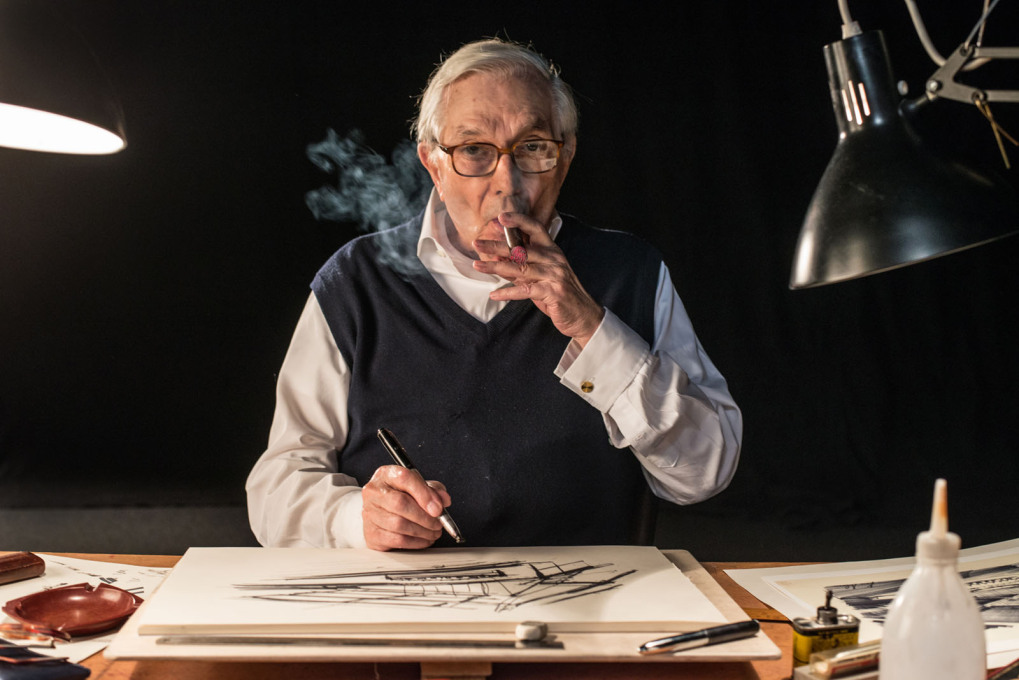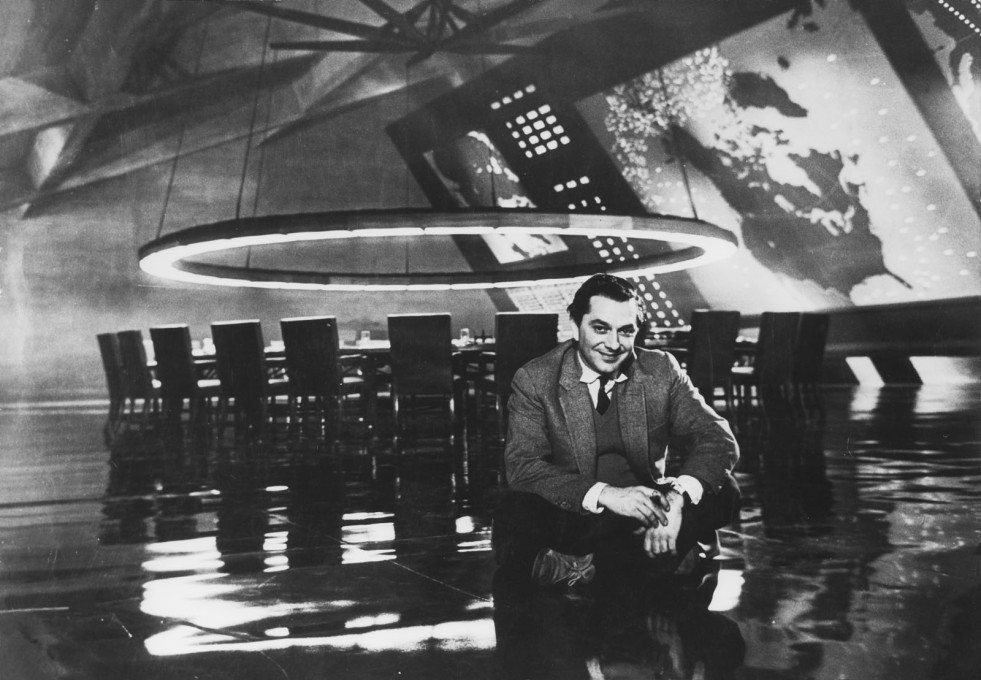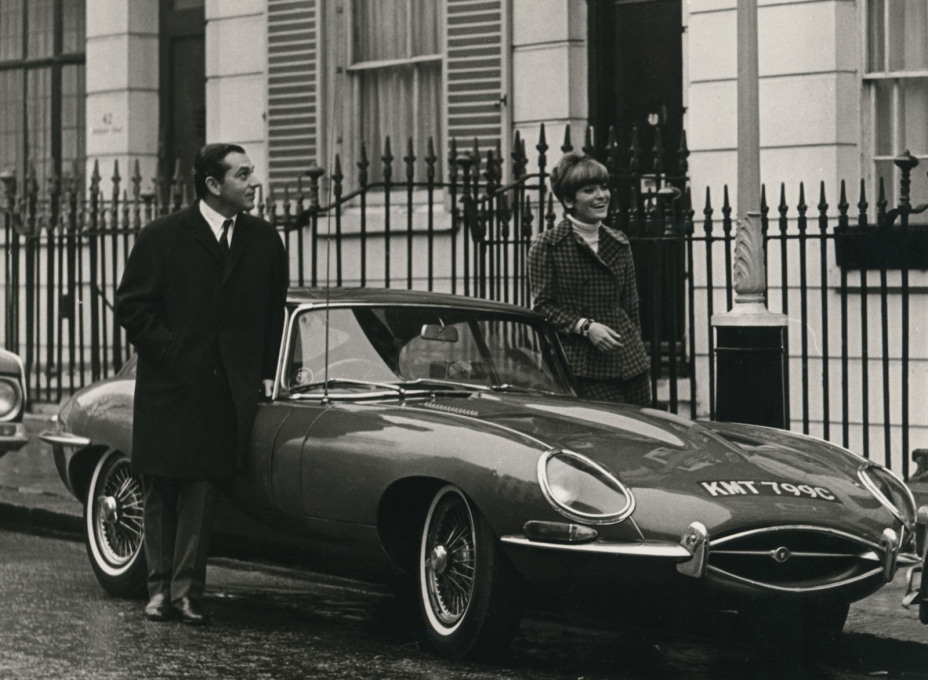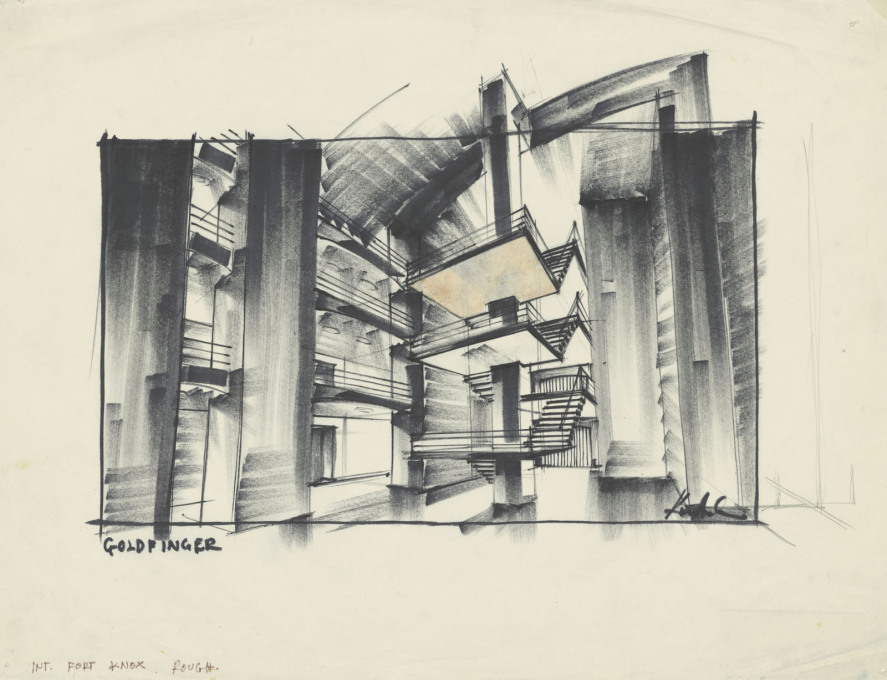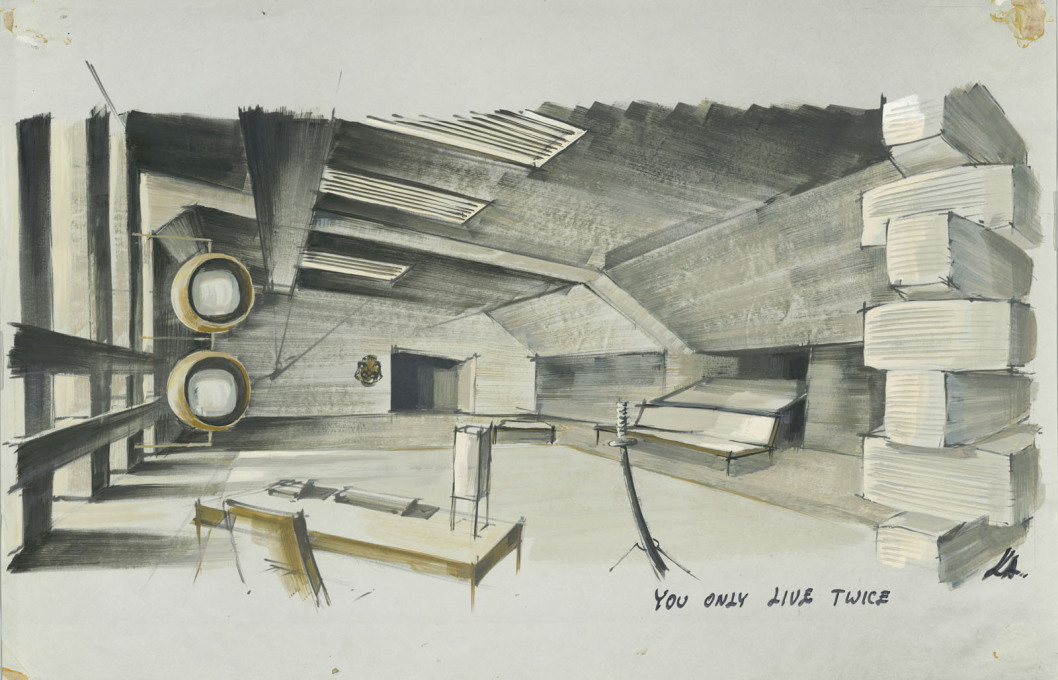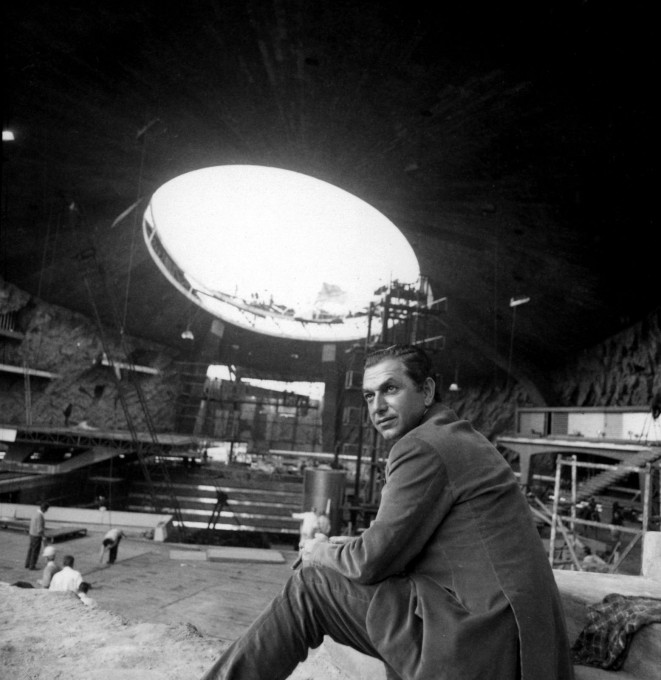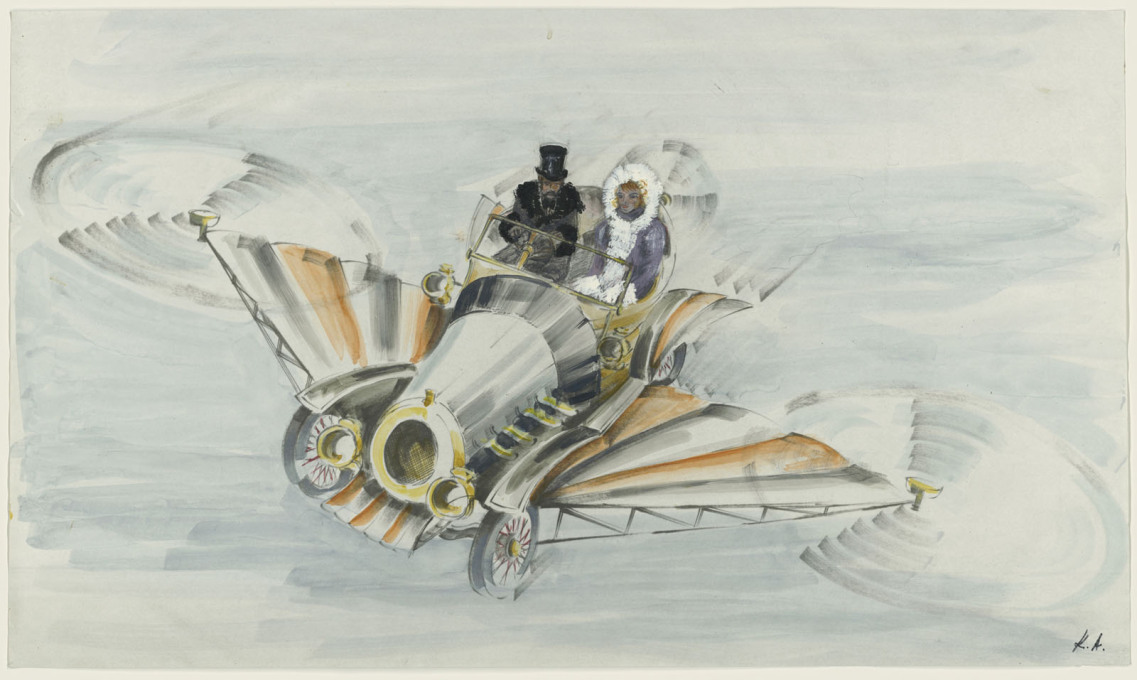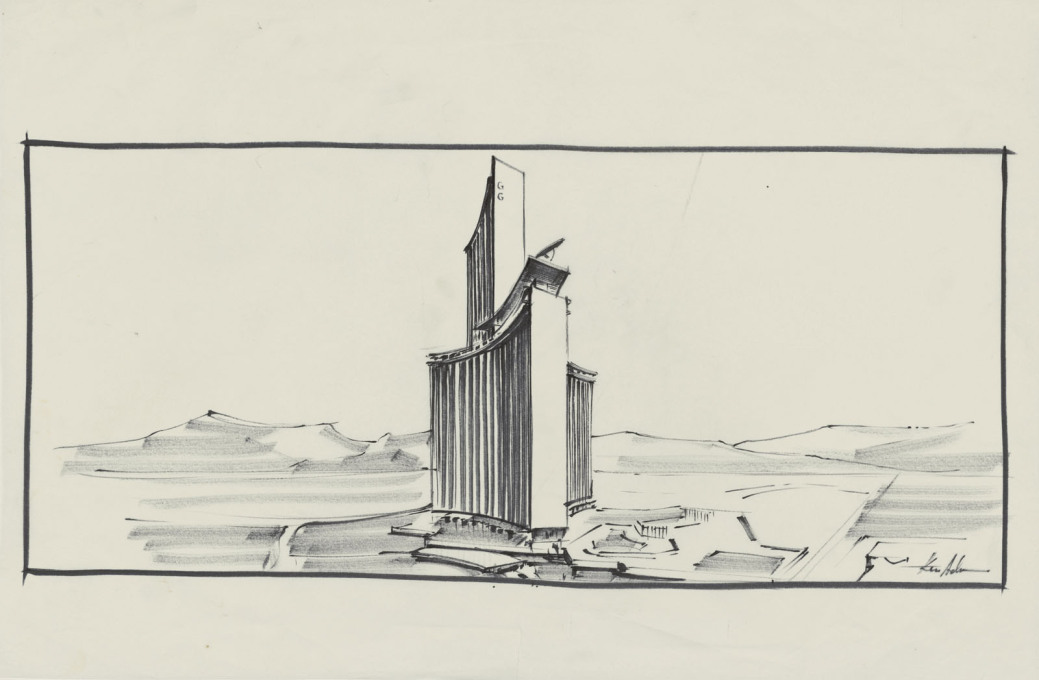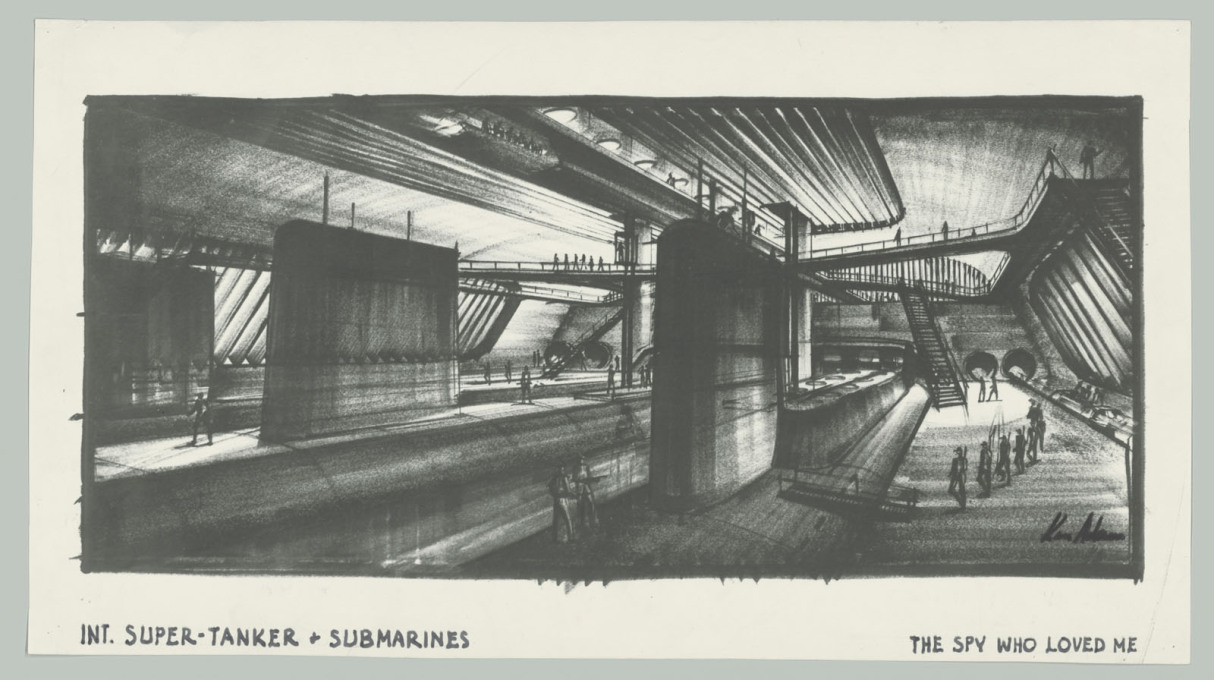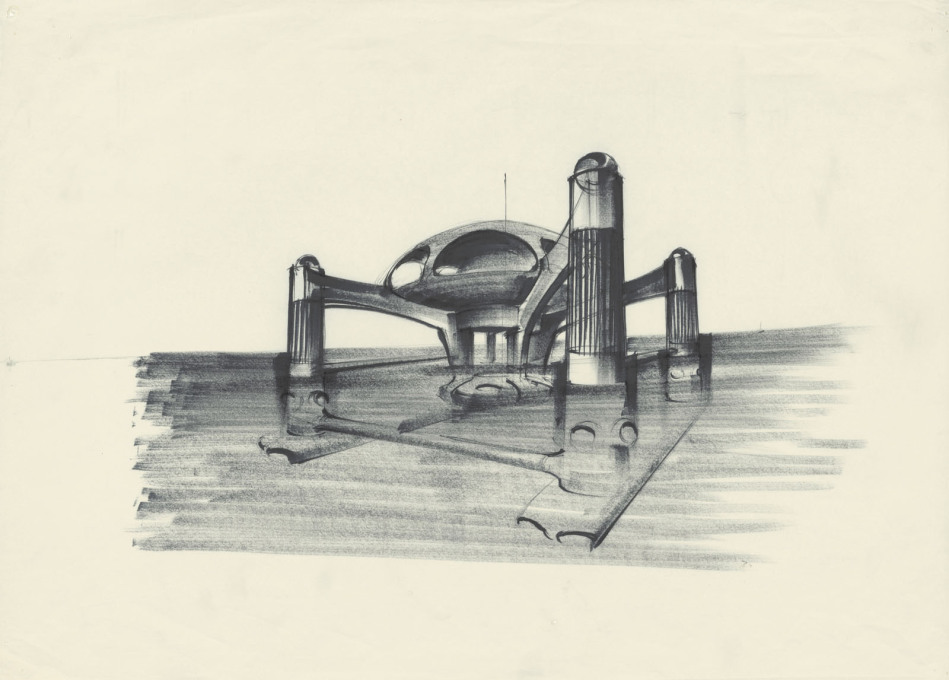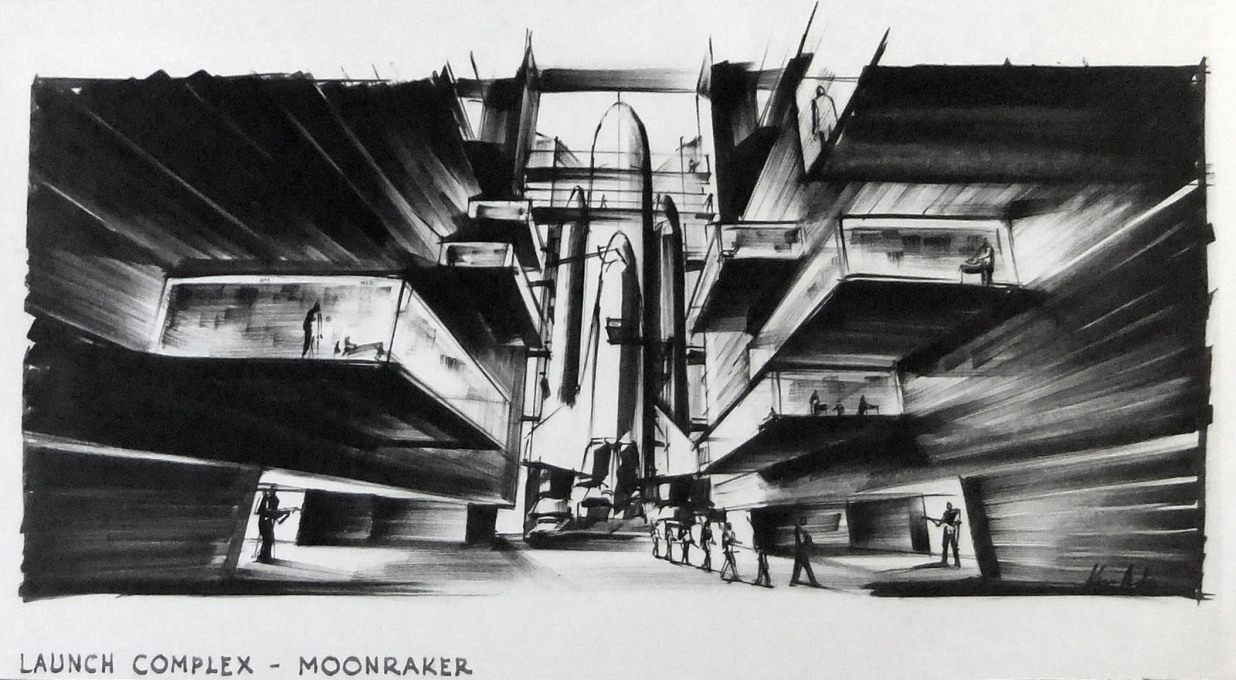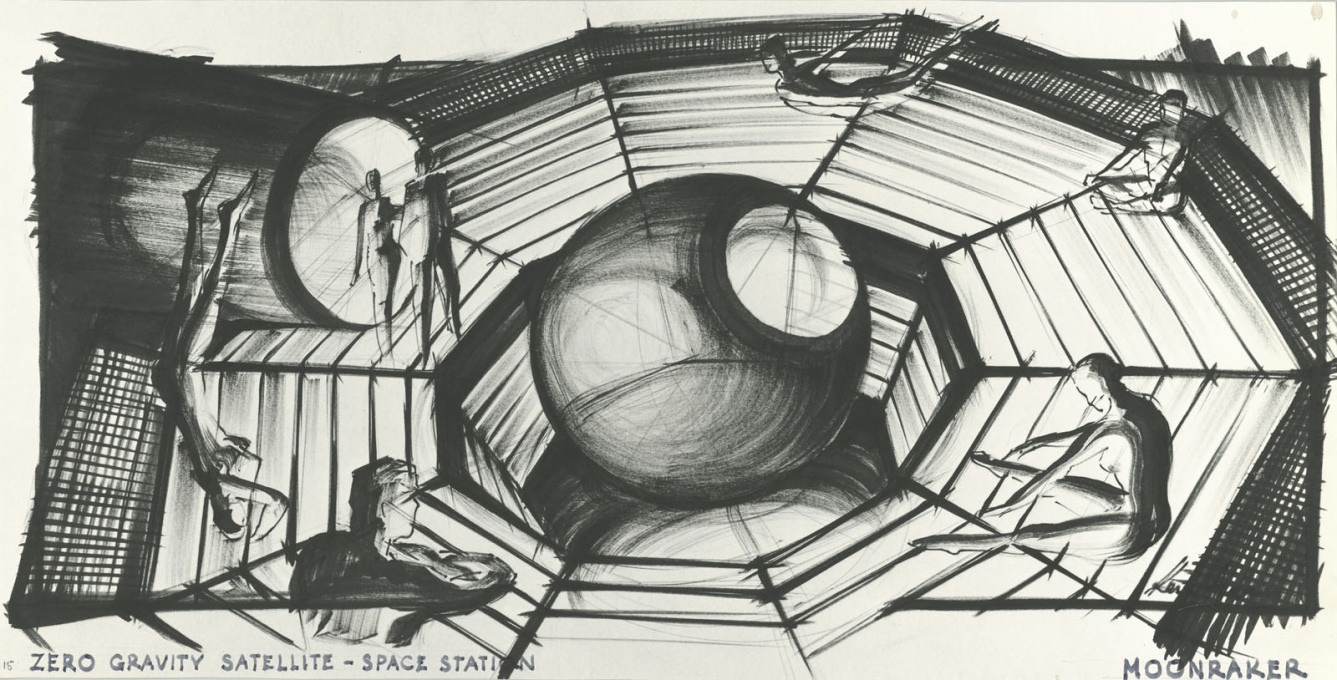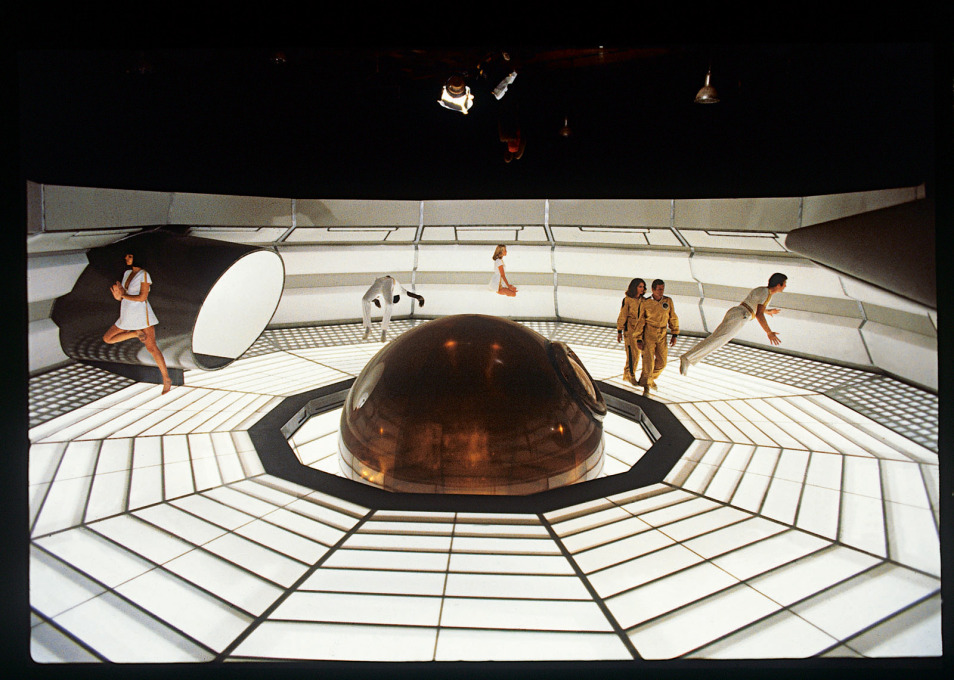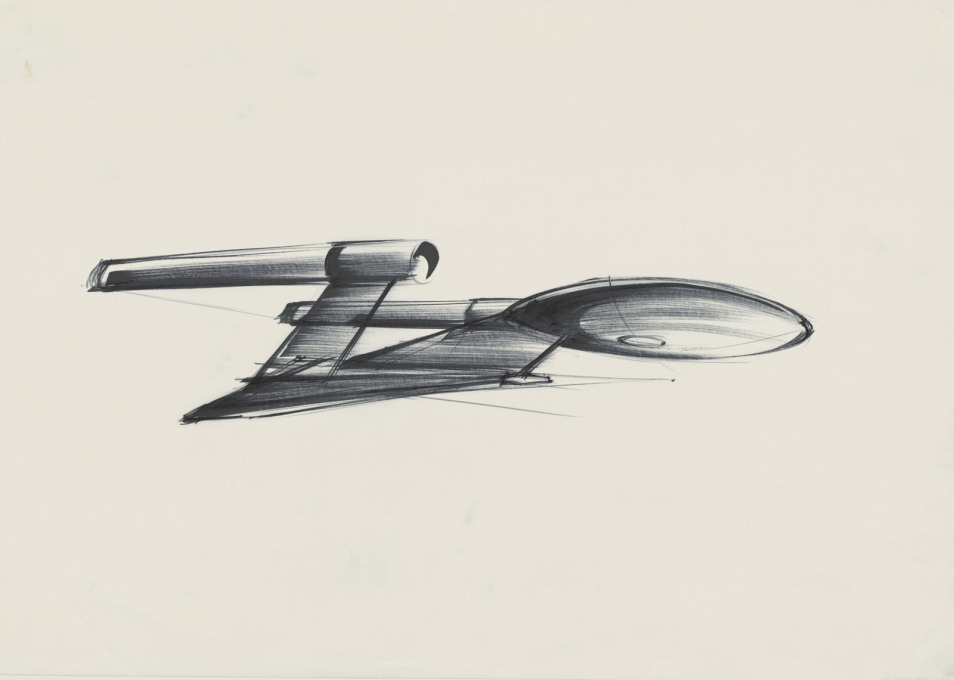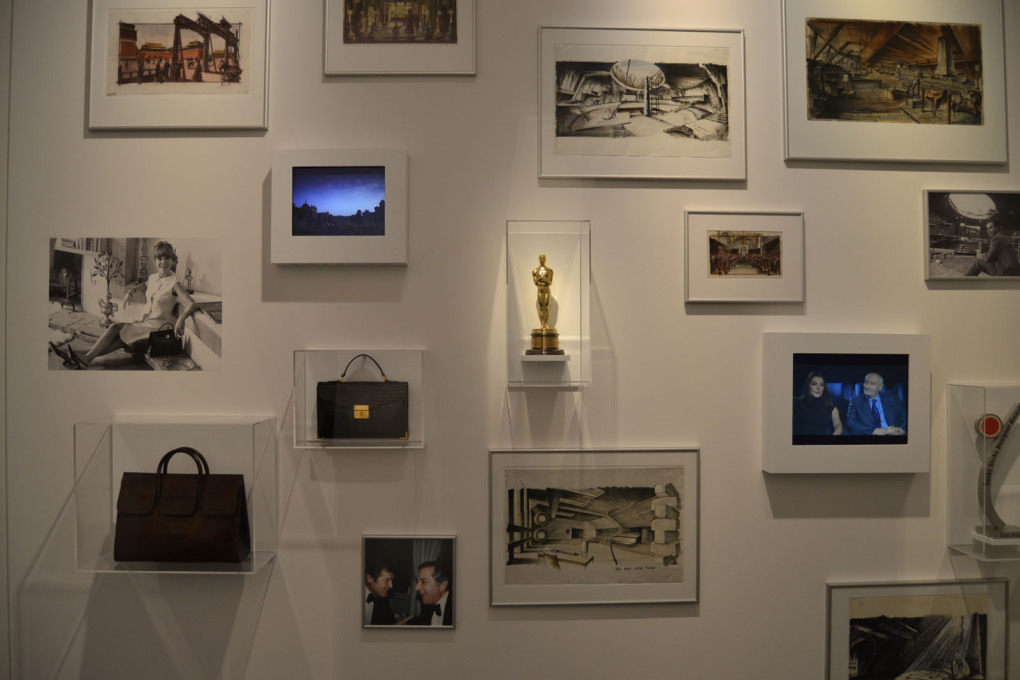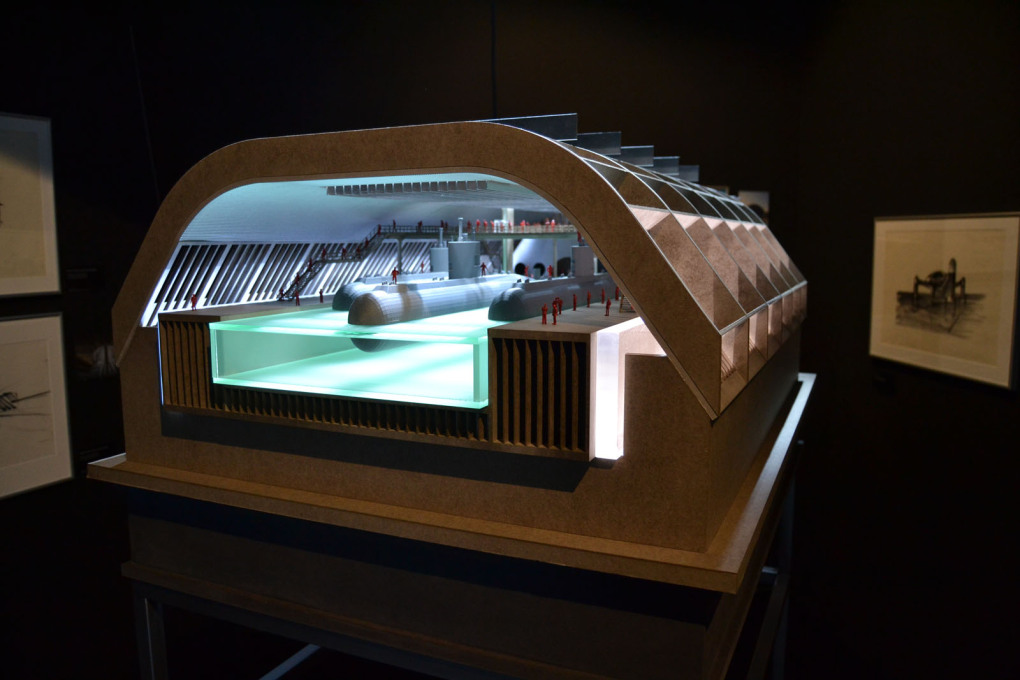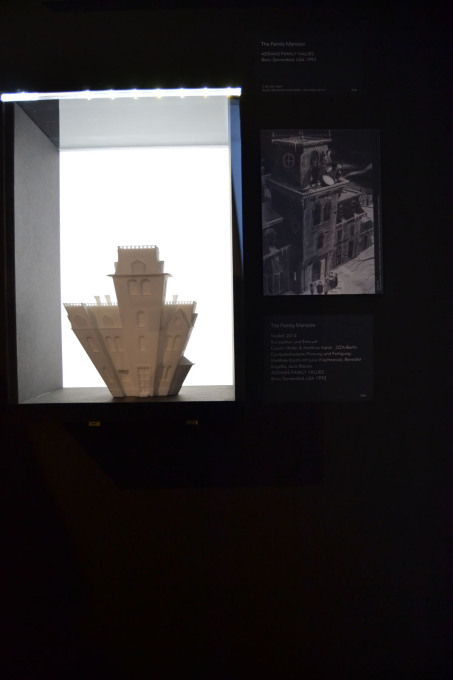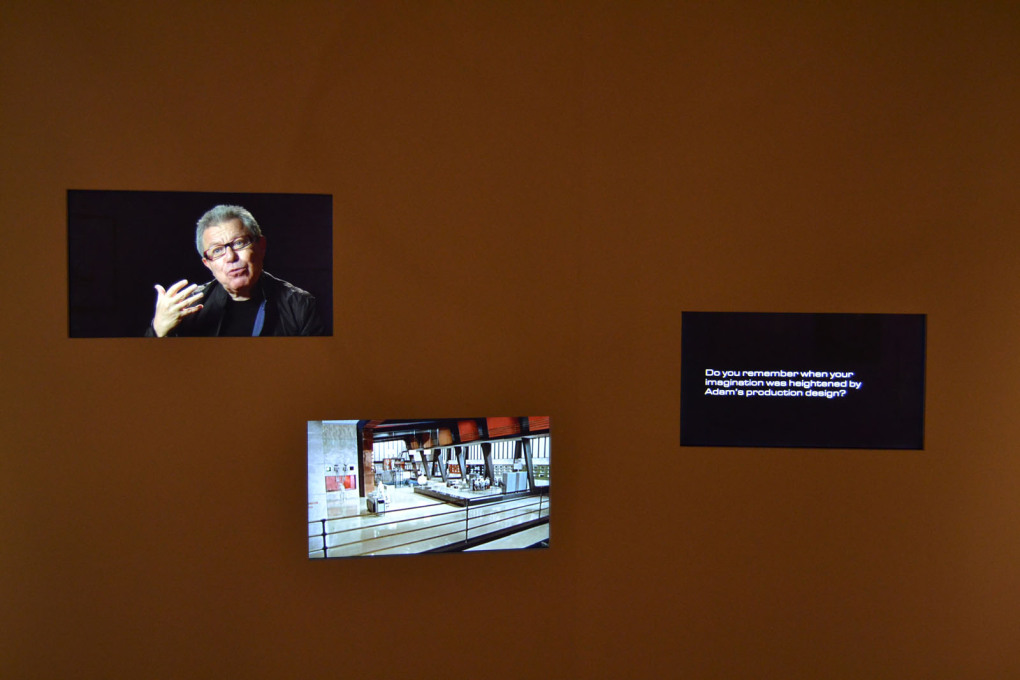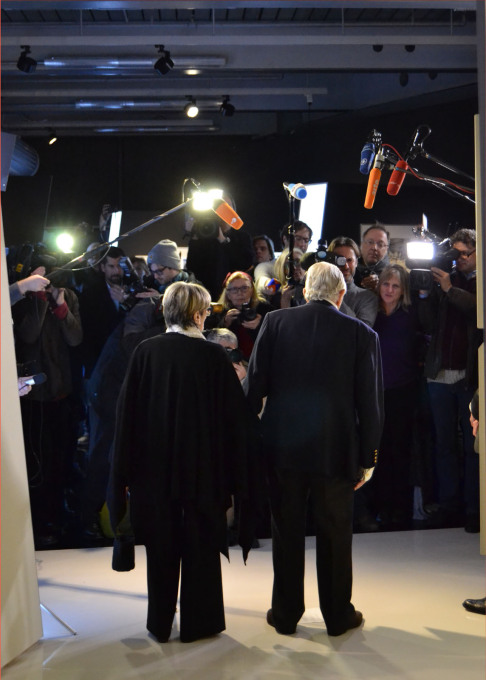Legendary production designer Ken Adam donated his entire archive to the German Museum for Film and Television in Berlin. uncube’s Florian Heilmeyer went to the preview of the resulting new major retrospective of his work and met the sprightly nonagenarian in person.
Ken Adam has really designed everything. From villas and luxurious apartments to temples, cathedrals, spaceships, supertankers, overhead railways, missile bases and submarines. One could probably call him one of the most successful and influential architects of the 20th century even though he hasn’t actually realised most of his designs – at least if you consider the word “realise” in terms of “reality”. Adam’s design reality has been the production design for films instead ranging from Stanley Kubrick’s Dr. Strangelove to Robert Aldrich’s Sodom and Gomorra, or Nicholas Hytner’s The Madness of King George. Of course his most popular designs are the ones he did for seven James Bond films including the iconic Dr. No, Goldfinger, Thunderball, Diamonds Are Forever and Moonraker. In total, he worked on more than 70 films from 1948 until 2001.
Kenneth Hugo Adam was born on 5 February 1921 as Klaus Hugo Adam in Berlin. Being Jewish, the family fled to England in 1934 when the Nazi government forced their business into bankruptcy. In London he finished school and studied architecture for a while at the Bartlett School in London. During World War II Adam helped to design bomb shelters before joining the RAF in 1940 as one of only three German-national pilots from 1940-45 (earning the nickname “Heinie the Tank-Buster”).
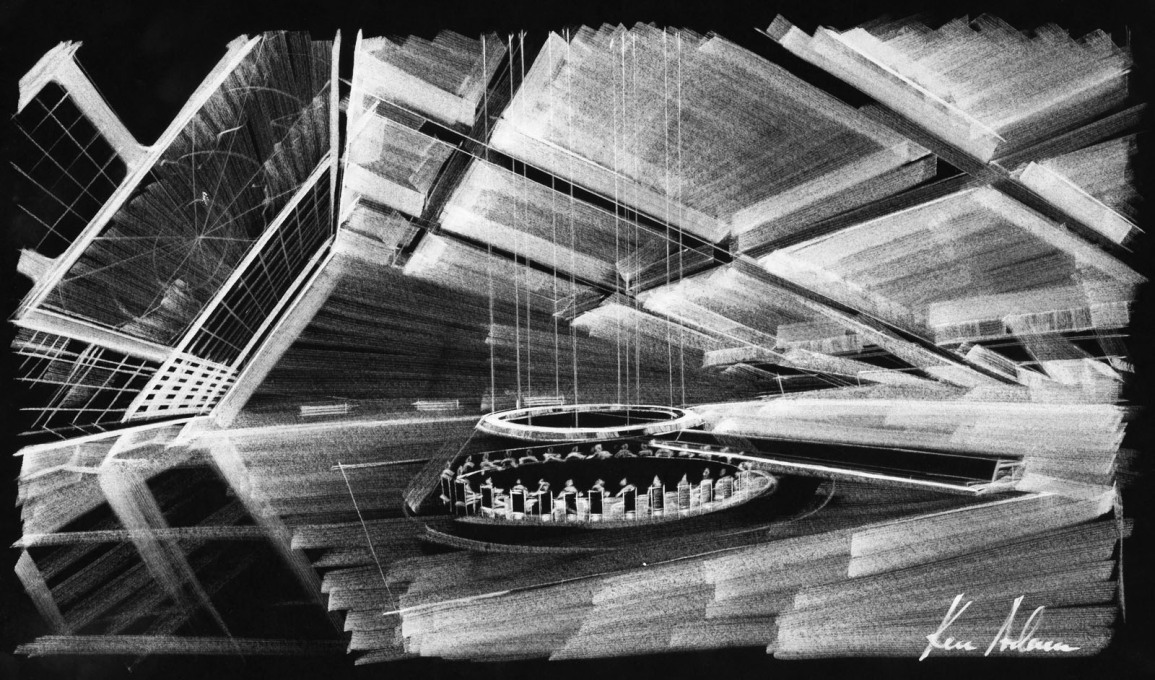
After the war Adam went to work for the British film industry. He worked as a draughtsman for Around the World in 80 Days and Ben Hur and earned his own first major screen credits for the thriller Soho Incident and the cult horror flick Night of the Demon. This was followed by set designs for both James Bond’s screen debut Dr. No, and director Stanley Kubrick. The collaboration with the latter lead to Adam’s iconic set design for Dr. Strangelove including the immortal “War Room” with it’s triangular roof, which, as Adam likes to tell, impressed Ronald Reagan so much that, when he became president of the U.S. in January 1981 and was shown around the White House for the first time, he asked to be taken to that War Room. It is said that he was terribly disappointed to discover that the room only existed on film.
Ken Adam can recount dozens of such anecdotes, quite obviously taking people’s occasional confusion between his set designs and reality as a big compliment. Although his design mottos “Bigger Than Life” and “No design is worth doing it if you just reproduce reality” may sound a bit platitudinous, it seems that this striving towards making the world bigger, bolder and more shiny (on film at least) has indeed been the driving force behind his constant stretching of the boundaries of possibility. His most remarkable, semi-futuristic spaces like Blofeld’s Volcano Lair, Tiger Tanaka’s Office or the Tarantula Room for Dr. No are superb examples of this – in Adam’s world the villains always seem to get the best pads.
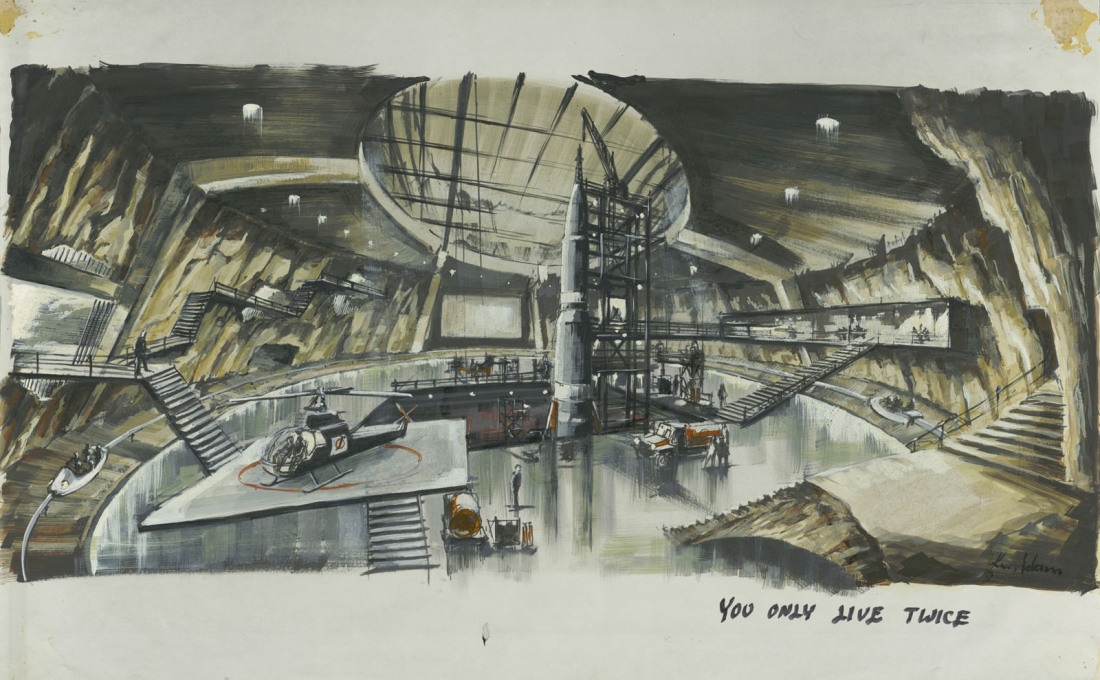
Thus, Bigger Than Life is a highly appropriate title for the new major exhibition which opened in Berlin on 11 December with Ken and his wife Letizia Adam – both in their nineties now – as adorably charming star guests. Despite the fact that his family was forced to leave Germany and that Adam even ended up fighting against his former home country, he returned to Germany and Berlin regularly after the War. In 2012 he decided to give his entire collection of more than 4,000 drawings, photos, objects, and personal memorabilia to the Deutsche Kinemathek (German Museum for Film and Television) in Berlin. This intelligent, well-designed and carefully curated exhibition provides a really good overview over Adam's immense body of work, bringing his most important drawings together with excerpts from the films and newly made models of some of his designs. It really feels like strolling through Ken Adam’s impressively creative mind and at the end of the exhibition it comes as no surprise to learn that architects such as Norman Foster and Daniel Libeskind cite him as a big inspiration. After all, as this show demonstrates so well, Adam’s work played a significant role in making modern architecture popular with a huge and broad audience worldwide – even if it’s mostly as homes for the bad guys.
– Florian Heilmeyer
11 December 2014 – 17 May 2015:
Bigger Than Life. Ken Adam’s Film Design
Deutsche Kinemathek – Museum für Film und Fernsehen
Potsdamer Straße 2
10785 Berlin




